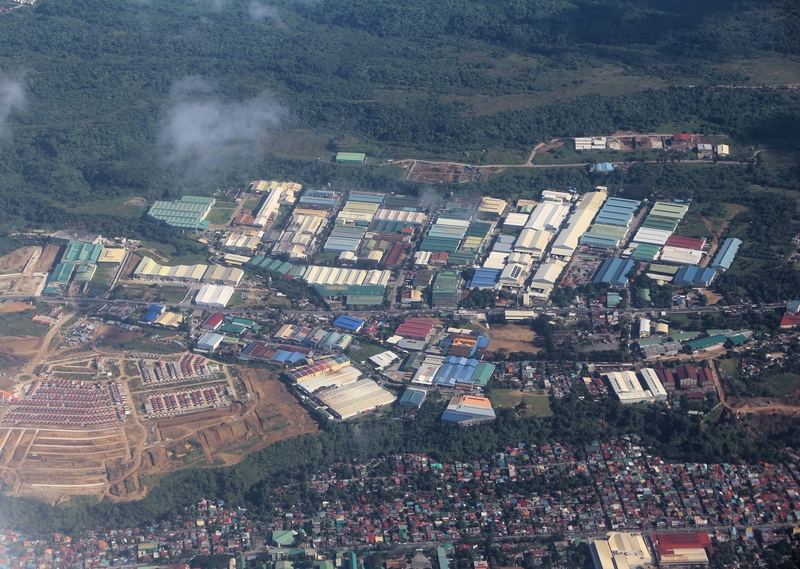
A growing population reflects unmet family planning needs and could lead to an increase in poverty, according to the Commission on Population and Development (Popcom).
Popcom noted that the Bangsamoro Autonomous Region in Muslim Mindanao (BARMM), Central Luzon and Calabarzon continued to see “significant” increases in their population.
The population of BARMM reached 4.4 million between 2015 to 2020, and had the fastest annual population growth rate (PGR) of 3.16 percent. Calabarzon gained the most population, with an additional 1.78 million persons from 2015.
“BARMM is already the poorest region in the country with a 53 percent poverty rate in 2018. The increasing numbers do not bode well for the region,” Undersecretary for Population and Development Juan Antonio Perez III told the BusinessMirror on Monday. “Fertility is still the greatest contributor to (population) growth in Calabarzon because of so many women with unmet need for FP (Family Planning).”
Popcom said the growth in the BARMM population translated to about 31 persons added per year for every 1,000 persons in the said area’s population.
Perez said the increase in the population is not good news, especially since BARMM only contributes 1.4 percent to GDP but accounts for as much as 4.2 percent of the Philippine population.
Calabarzon had the highest population in 2020 with 16.195 million people. Perez said apart from high fertility rates, the population in the region increased due to its proximity to Metro Manila.
“Calabarzon has in the last three censuses contributed the largest numbers to population growth in the country, primarily due to large unmet need for family planning — 20 percent of married women — which leads to high fertility — 2.6 children per woman, just a tad below the national average. Of secondary importance is internal migration as people tend to migrate to Calbarzon because of low poverty,” Perez explained.
Popcom recently urged the national government to implement far-reaching and holistic approaches to further strengthen population and development programs on the ground.
While the growth in the population remains primarily driven by fertility or number of live births, albeit decreasing, Perez said the return migration of overseas Filipino workers to the country may also have contributed to the movement in the Philippines’ population count.
It added that the country’s PGR of 1.63 percent between 2015 and 2020 was lower compared with that of 2010 and 2015, which was 1.72 percent.
The PSA report revealed the majority of the Philippine population resides in Luzon at 57 percent, followed by Mindanao at 24 percent, and the Visayas, 19 percent.
“The steadily growing population implies the need for more resources and opportunities for development to ensure the wellbeing of all Filipinos. While it denotes increasing human resources that can contribute to socio-economic development of the country, it also calls for actions from governments at all levels to intensify their initiatives to ensure that all Filipinos are healthy, educated, resilient and able to contribute to national development,” Perez explained in a statement on Monday.
Earlier, Popcom said that despite the increase in the country’s population, the Philippines can still achieve a replacement rate by 2025.
Perez said, monitoring the 2021 birth rate will be crucial in achieving replacement rate by 2025. Bringing down the total fertility rate is necessary for reaping the demographic dividend. Ideally, Perez said, there should only be 1.5 million to 1.6 million births by the end of 2021. This is the best-case scenario for the Philippines.
Perez said the worst case would be for the country to register 1.8 million to 1.9 million births at the end of 2021.

